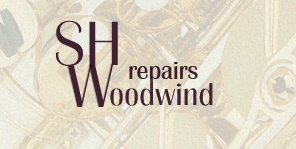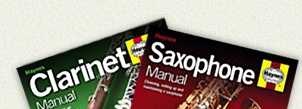

Soprano & sopranino saxophone reviewsThe soprano and its even smaller relative, the sopranino, are the smallest of the sax family. Following the Eb/Bb pattern of saxes, the soprano is pitched in Bb, the 'nino in Eb. In band situations where there are no dedicated parts, the soprano can use either the tenor sax parts, or, more effectively, the trumpet parts.
The soprano is by far the most popular of the pair; the 'nino is really rather small and many players find it a rather cramped affair trying to get their fingers onto the keys. The 'nino is also inclined to be very expensive, hard to build accurately and quite limited in terms of there being much for it to do. It can also sound rather thin and shrill. It's often said by sax players that the alto, tenor and baritone
are largely interchangeable. That's to say that if you can play
well on one, you can play well on any of the others. This is true
in the broadest sense, though it's also the case that each instrument
has its own subtleties that might be lost by a player for whom it
isn't their primary instrument. The chief reason for this is the need for particular accuracy with regard to tuning. Soprano saxes are liable to be slightly 'wild' when it comes to tuning, and need a decent embouchure to rein them in. The tone also requires and benefits from a great deal of practice - and at its best the soprano can give a very passable impression of an oboe (both instruments share a tapered bore design, which goes partway to explaining the similarity). It should be noted that sopranos and sopraninos will require a decent mouthpiece if there is to be any chance of pitching accurately with good tone. That's not to say that people should avoid the instrument - there
are many players who double very successfully on the soprano - and
many players buy them because they're small, light and comparatively
easy to carry around. To read a review, please select a link from the menu on your left... |
If you've enjoyed this article or found it useful and would
like to contribute
towards the cost of creating this independent content, please use the button
below.
